Second only to Edinburgh Castle in sheer magnificence (and only by a kilt’s thread), Stirling Castle commands the Forth Valley passage into the highlands. The two castles are brothers in arms, separated only by a short distance and sharing many visual similarities: Both sit atop volcanic crags and tower over town, both possess age-stained cobbled streets and sandstone structures, and both have been meticulously maintained through the ages so that they now provide two of the best castle experiences in Scotland.
Stirling Castle’s history is rich and bloody – bloodier even than its more famous brother. Looking up at Stirling Castle from town or from the National Wallace Monument, it’s not hard to imagine that this site, the lowest crossing point of the River Forth, would have always held strategic importance. Though there is little archaeological evidence to prove fortification upon Castle Hill before 1000 AD, historical notes suggest that the native Maeatae may have controlled this area during the time of the Romans. Scattered Dark Ages references to the Gododdin and Picts fill monkish manuscripts penned about this area, but it isn’t until Kenneth MacAlpin, Scotland’s first king, casts out the Picts that the history becomes firmer.
The first mention of Stirling Castle occurs in 1110 when King Alexander I dedicated a chapel here. Since then, Stirling Castle has been besieged 16 times and borne witness to several battles on the fields below that have upended the course of history. There are few places in all of Scotland more central to Scottish history than Stirling Castle.
My second visit to Stirling Castle coincided with a drive out to Fife. I parked my car outside of town and just walked across the train tracks and up through town to the esplanade which led into the forework gatehouse. The castle is a handsome beast with most of its structures dating from the late Fifteenth and Sixteenth centuries, and today it is in the care of Historic Scotland who always does an exemplary job curating the visitor experience without being intrusive.
Upon entering Stirling Castle, you quickly pass into the outer close, a wide, cobbled courtyard that stretches from the forework gatehouse to the north gate. Bordering this area are the great kitchens and grand battery – a series of cannons facing east. The views from the battery wall are some of the best to be had anywhere in the castle (see the last picture in this post)!
One side of the outer close also borders the palace and great hall, whose flesh-toned stones stand in stark contrast to the rest of the castle. Most believe the great hall to be James IV’s greatest contribution to Stirling Castle, though he was responsible for many other improvements including the defensive forework and the king’s old building.
The long life of castles inevitably turns them into labyrinths of stone as generation after generation update bits and pieces without a grand vision. I embraced that fact here and contented myself with wandering aimlessly down dark tunnels and around narrow walkways. Eventually, I pressed into the royal palace where Renaissance architecture and late-Gothic details combine for a unique aesthetic.
The rooms inside the palace are large, airy spaces with stunning tapestries and painted coats of arms. They feel a little empty, and with the soft lighting and pristine decor I wondered if this wasn’t a reinterpretation. The king’s and queen’s apartments split the palace in half, each with several chambers. Magnificent ceilings and fine tapestries can be found wherever you walk, but the queen’s bedchamber certainly has the most visual appeal. Historic Scotland has pulled out all the stops in the palace for in many rooms historical reenactors played the parts of king and queen to give visitors an idea of what life would have been like in the Sixteenth century.
The great hall stands on the east side of the inner close and it possesses the same air of restoration as the palace. This massive chamber lifts toward a beautiful hammerbeam roof that was added in 1999 as an historically accurate replica of the original. A massive table stands on an upraised platform where, presumably, the king would hold court or enjoy feasts, but these days it’s a convenient place to sit and have your picture taken looking like a lord. A troupe of historical reenactors from the States were in attendance the day I visited, and with them were loads of period artifacts for perusal.
After exploring the main buildings I decided to follow wallwalks to wherever I could find the best views down upon the Forth Valley and Ochil Hills. I passed a magazine building where arms were kept and then found myself among the outer defenses where beautiful gardens and several informational exhibits had been arranged.
Stirling Castle, much like Edinburgh Castle, requires at least two hours to see properly. You could come in haste and wrap your eyes around the structures and views, but you would get none of the rich history seeping from the stones. That said, so much of Stirling Castle has been renovated – if not totally rebuilt – that it doesn’t have the same feel as its more famous brother, Edinburgh Castle, even though it is meant to convey a specific time period more perfectly.
That is a small quibble, and there can be little doubt that Stirling Castle captures its time period better than the majority of other Scottish castles. Its location in Stirling makes visiting a breeze since all routes north pass nearby. Do yourself a favor and stop for a morning or afternoon and explore the legacy of the Stewart kings at Stirling Castle.
Disclosure: Historic Scotland provided me with complimentary entry to Stirling Castle. All thoughts and opinions expressed here, as always, are my own.

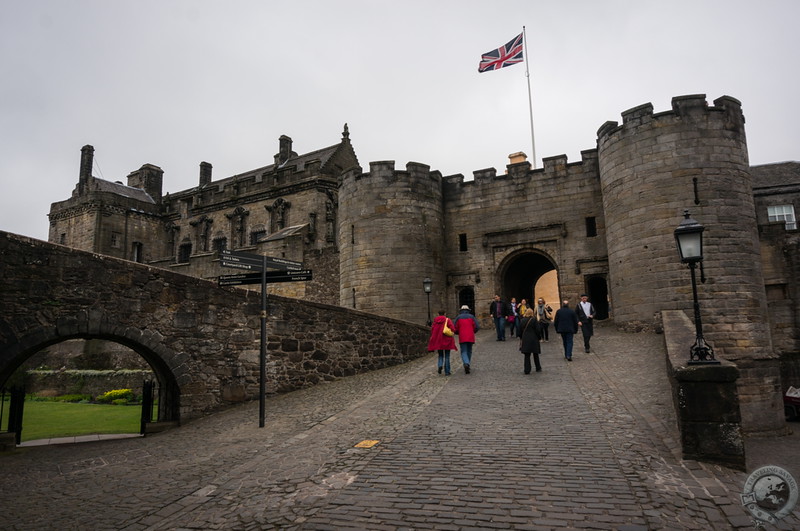
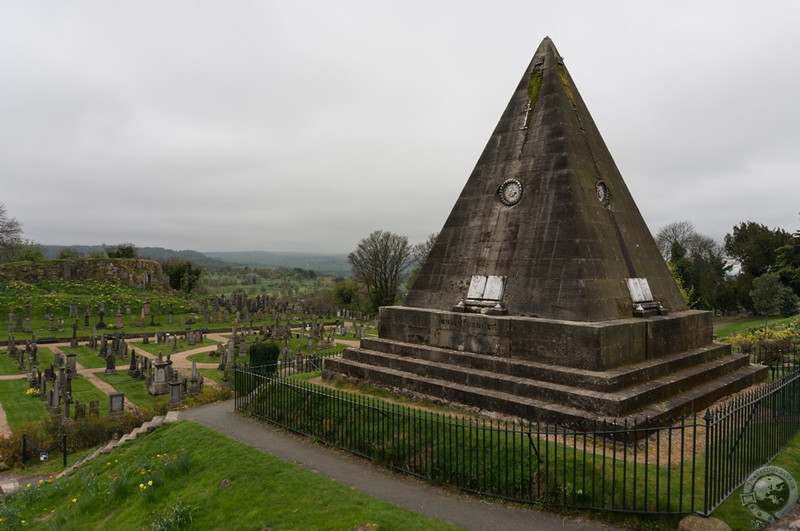
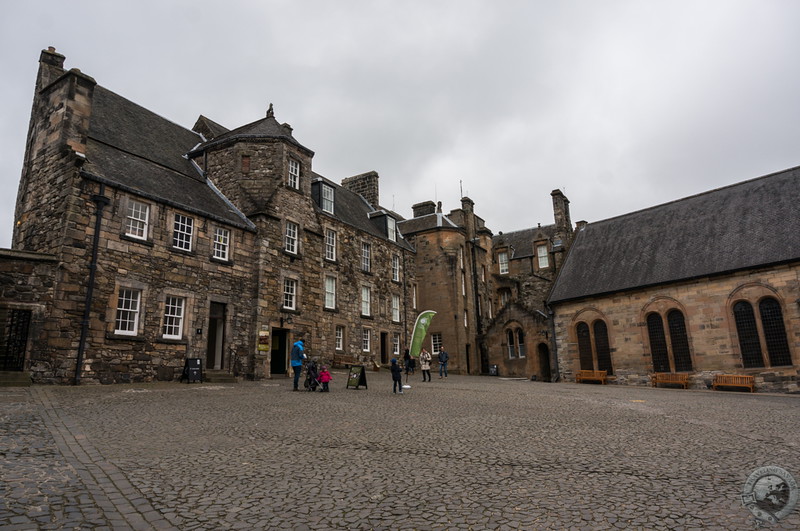
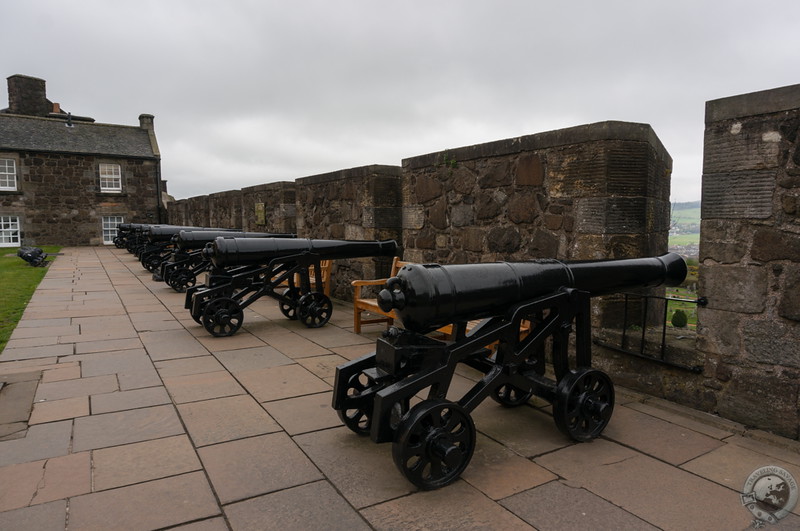
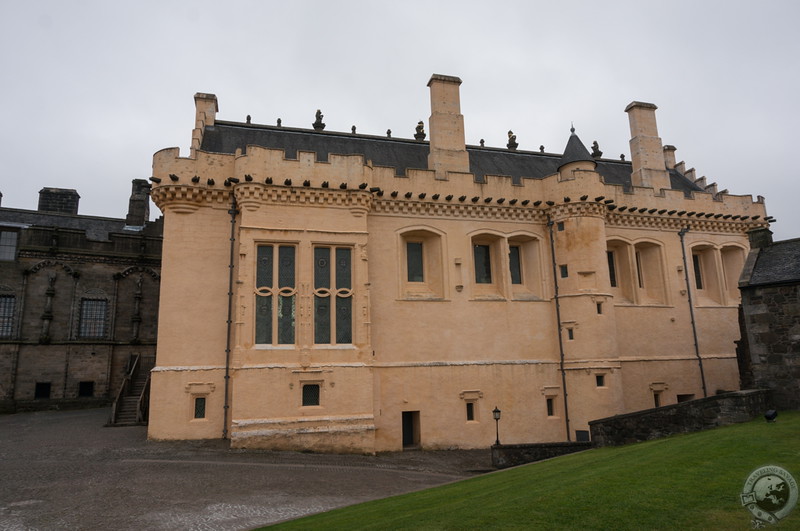
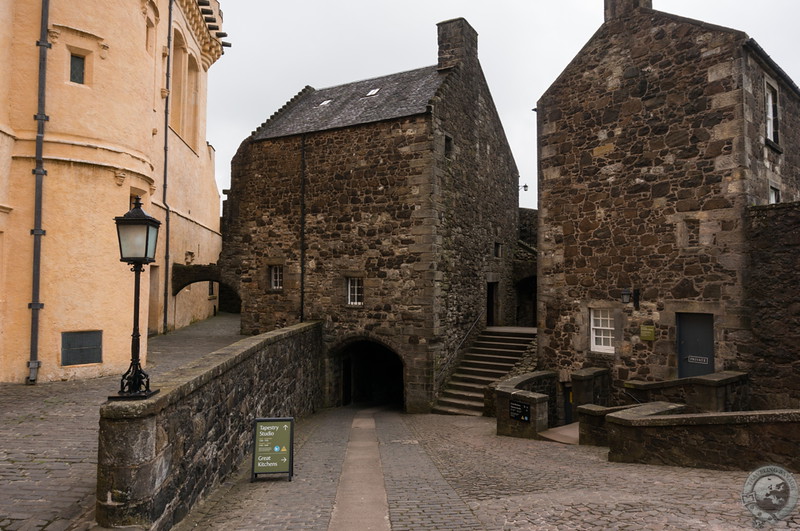
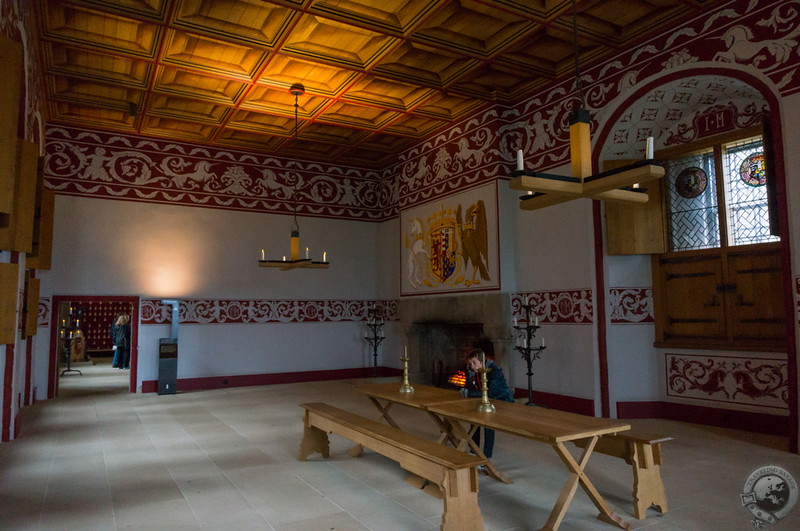
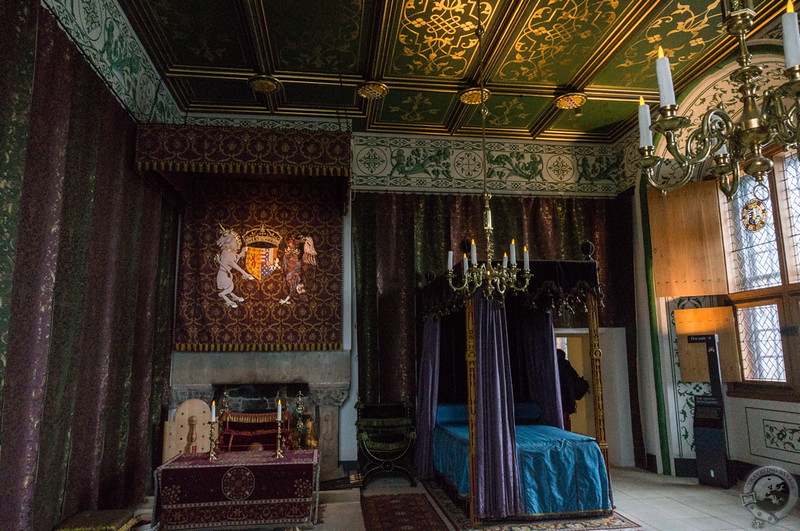
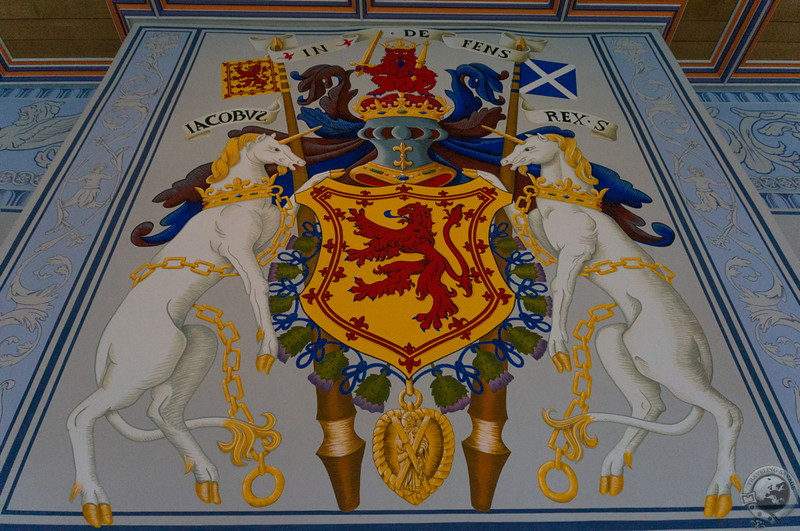
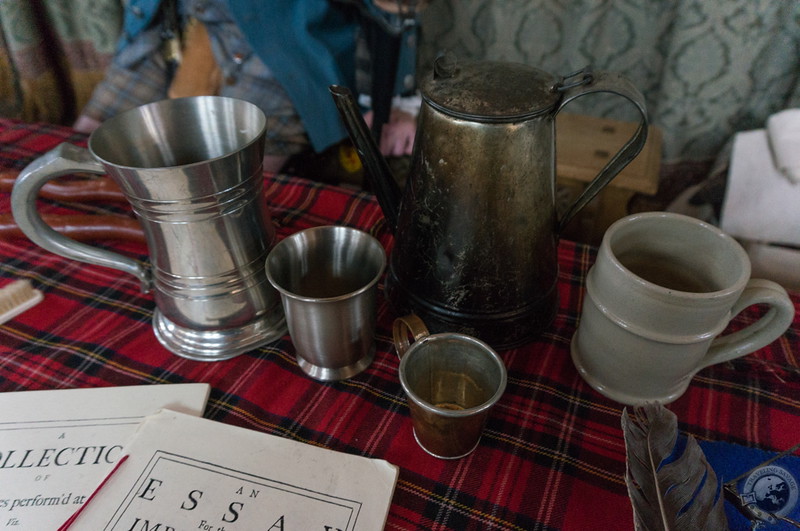
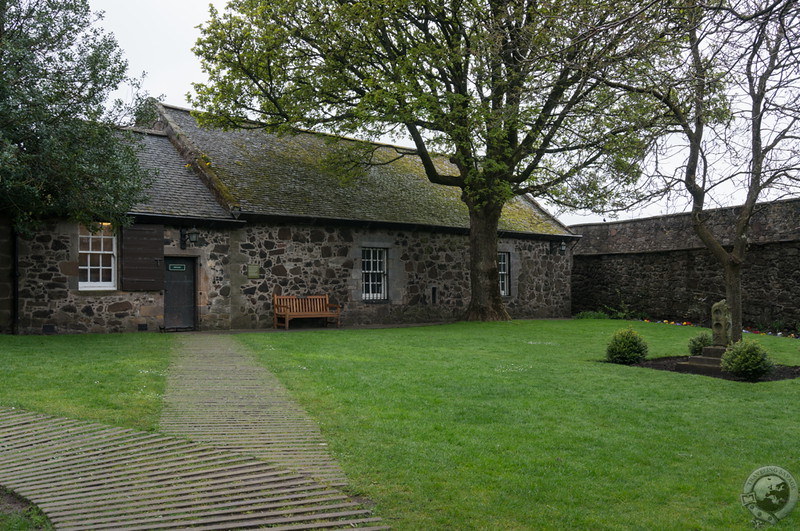
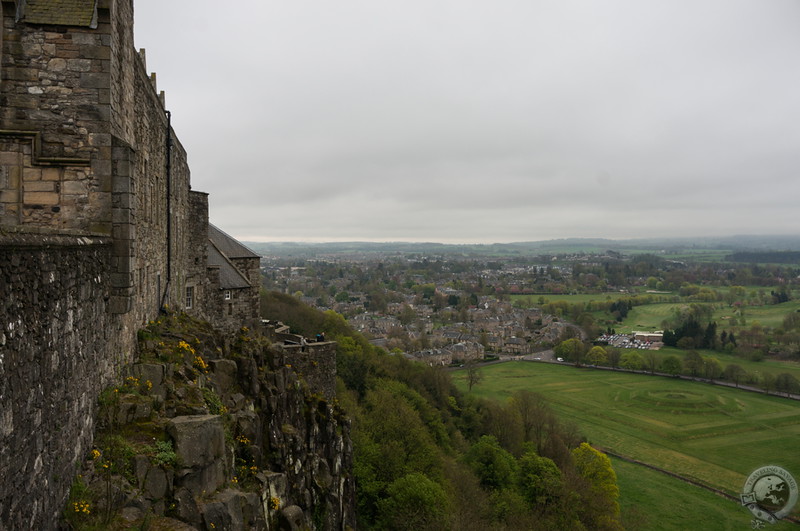
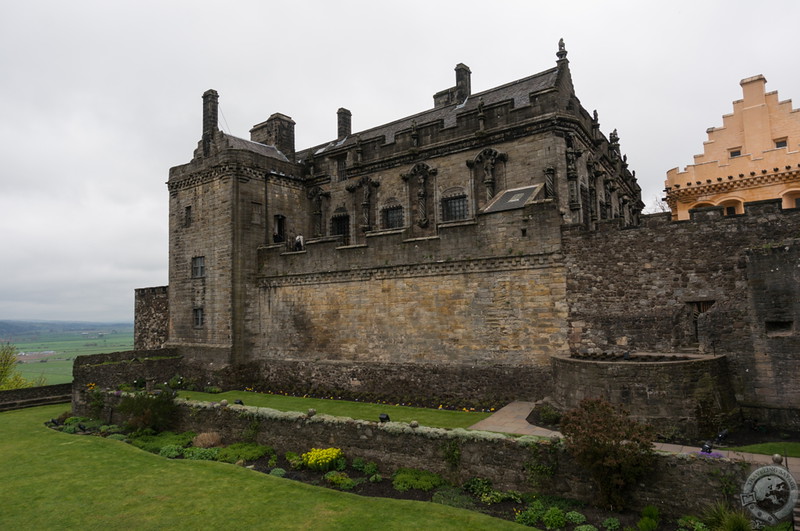
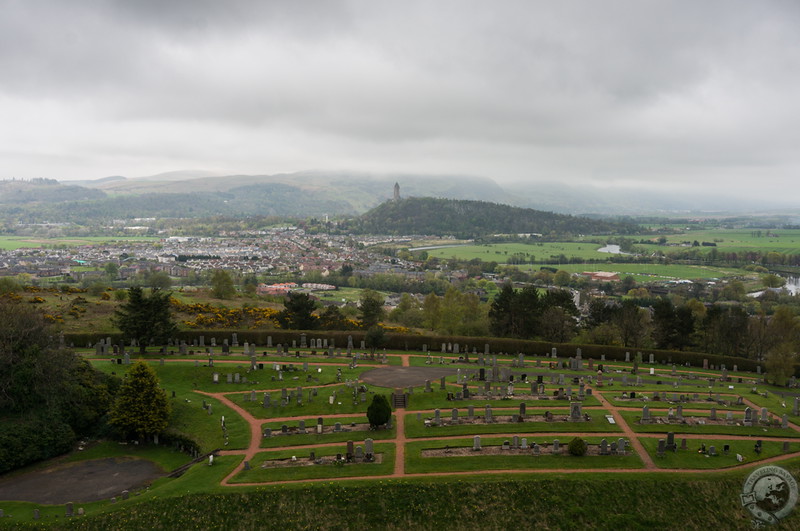
Since I will be visiting Stirling Castle in September I found your article very interesting. It seems more grand than I was expecting. Wonderful article – thanks for sharing!
I love your pics, Keith! I will be next week in Stirling and see the Highland Games – I really can’t wait now! I hope the weather is fine and the brave fighter don’t have worry about their Kilts in the mud 😉
You’ll have a fantastic time!
Hi thankful for your information. Can you please tell me how far apart the isle of mull to isle skye and should we book 3 nihts minimum in April 2016?
Thanks
Tracy
Hi Tracy. It will take a good 5-6 hours to get from Mull to Skye. Three nights on Skye is the ideal number for a first visit.